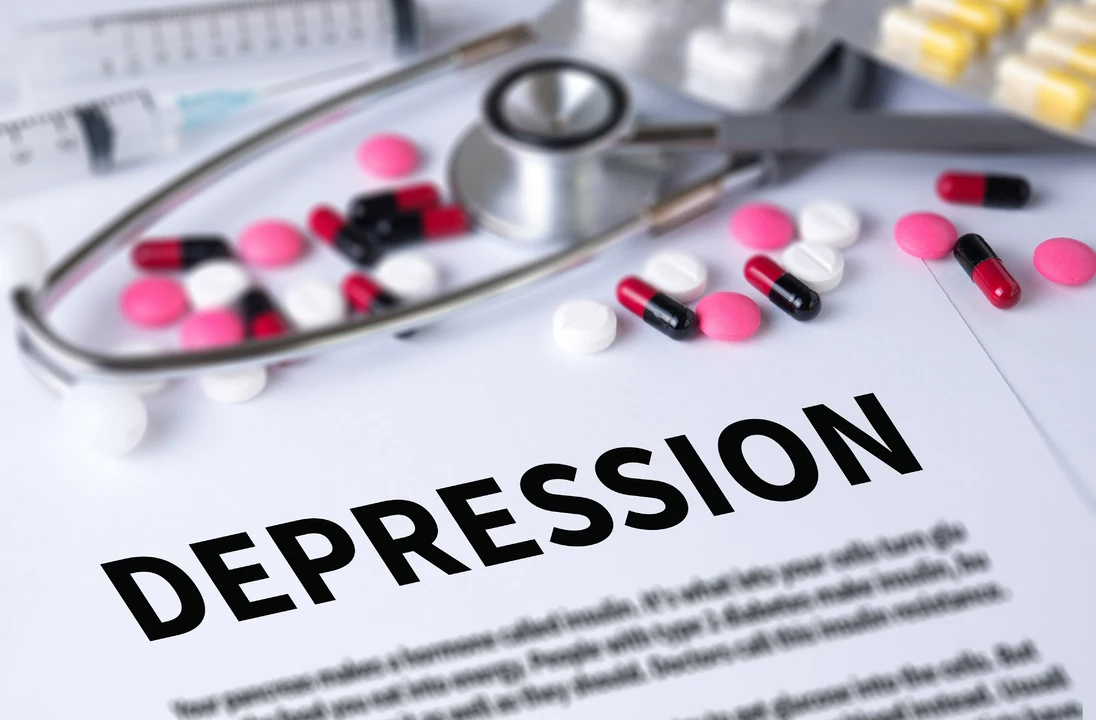Desvenlafaxine: Practical Guide to Uses, Dosing, and Safety
Quick fact: desvenlafaxine is the active metabolite of venlafaxine, but it works a bit differently in the body. If you or someone you care about has been prescribed desvenlafaxine (brand name Pristiq), this page explains the essentials in plain language—what it treats, how to take it, common side effects, and simple safety steps.
How desvenlafaxine works and when it’s used
Desvenlafaxine is an SNRI — it raises levels of serotonin and norepinephrine in the brain. Doctors most commonly prescribe it for major depressive disorder in adults. It can help lift mood, increase energy, and ease daily functioning. Expect some improvement in the first 2–4 weeks, but the full effect often takes longer. If you don’t feel better after a month or two, talk to your prescriber about adjusting the plan.
How to take desvenlafaxine
The usual starting dose is 50 mg once daily. It comes as an extended-release tablet, so swallow it whole—don’t crush or chew. Take it around the same time each day, with or without food. If your doctor changes the dose, follow their instructions and ask about how to taper if you stop taking it. Stopping suddenly can cause withdrawal symptoms like dizziness, flu-like feelings, or mood swings.
Don’t mix desvenlafaxine with MAO inhibitors. Combining them can be dangerous. Also be cautious with other serotonin-raising drugs (some migraine meds, triptans, certain antidepressants) because of the risk of serotonin syndrome — a rare but serious condition. If you take blood thinners or frequent NSAIDs, mention that too: SNRIs can raise bleeding risk.
Common side effects include nausea, headache, dry mouth, constipation, sweating, insomnia, dizziness, and sexual side effects. Some people notice a small rise in blood pressure, so your doctor may check your blood pressure early on and periodically thereafter. If you get severe symptoms like chest pain, fainting, severe mood changes, or signs of serotonin syndrome (rapid heart rate, high fever, confusion), seek medical help immediately.
If you have bipolar disorder, desvenlafaxine can trigger mania. Tell your prescriber about any history of mania or hypomania. Also discuss pregnancy and breastfeeding plans; data is mixed, so weigh benefits and risks with your clinician.
Want to stay safe when buying meds online? Always use pharmacies that require a valid prescription, show clear contact info, and carry recognized verification seals. Avoid sites that offer large discounts without asking for a prescription. Ask your pharmacist about the product’s origin if you’re unsure.
Practical tips: take it at the same time daily, keep a short symptom diary during the first weeks, check blood pressure occasionally, and tell your provider about all medicines and supplements you use. If side effects are troublesome, don’t stop suddenly—talk to your clinician about a gradual taper or different options.
If you have questions about interactions or side effects, bring a list of your meds to your next appointment or contact a pharmacist. Knowing a few clear facts makes treatment safer and more effective.
In my latest blog post, I've discussed the crucial dos and don'ts of taking Desvenlafaxine, a medication commonly prescribed for depression. It's essential to follow your doctor's instructions carefully and never abruptly stop taking the medication. Be aware of potential side effects and report any unusual symptoms to your healthcare provider. It's also important to avoid alcohol and other substances that may interact with Desvenlafaxine, and always keep an open line of communication with your doctor to ensure the best possible treatment outcomes. Stay informed and take care of your mental health!
